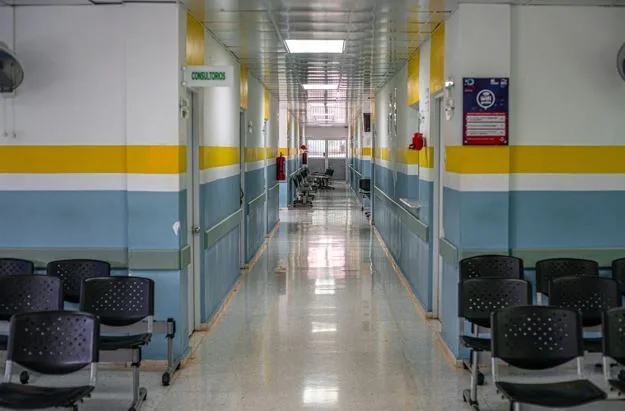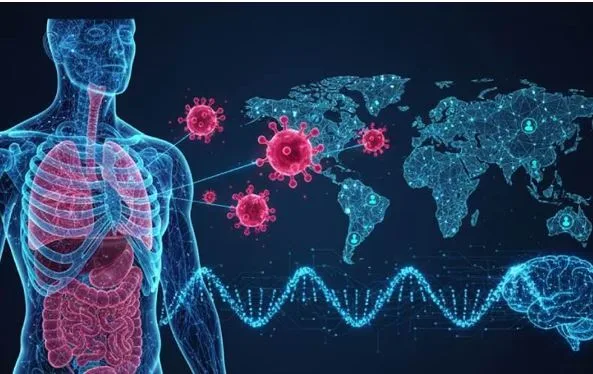Designing for Health: Why Hospital Infrastructure Matters More Than You Think
We don’t usually question the safety of a hospital when we walk in. The floors are clean. The air smells sterile. Nurses are gloved, masked, and moving fast. It feels safe. But here is the rub: what makes a hospital truly safe is often hidden behind walls, under floors, and floating in the air. A design featuring water systems, airflow, and ventilation could be the difference between health and harm for its occupants.
That’s why hospitals are starting to pay closer attention to things like AAMI ST108 compliance, because preventing infection starts way before the first patient walks through the door.
The Unseen Systems That Keep Us Safe
You see a faucet. Maybe a vent. Maybe a sink in the corner of the room. But behind that faucet is a maze of pipes. And inside those pipes, water sometimes sits. That’s where bacteria like to grow.
In hospitals, the tiniest thing can turn into a big problem. A few droplets from a contaminated pipe. A rush of unfiltered air. You don’t need a puddle of dirty water to get sick—just a mist. And when you think about who’s in the hospital—new moms, cancer patients, older adults—those tiny exposures matter even more.
Airflow systems are another one. Air moves through vents, filters, ducts. If those aren’t cleaned regularly, or if they’re poorly designed, airborne infections can spread without anyone noticing. It’s not about scaring anyone. It’s about awareness. You can’t fix what you don’t pay attention to.
Why Prevention Begins Before the First Patient Arrives
Safety doesn’t start in the exam room. It starts during construction. During planning. Before a single bed is wheeled into a ward, the infrastructure needs to be set up to protect, not just function.
Engineers, architects, and healthcare professionals now work more closely than ever. They ask questions that maybe weren’t common before. “Where might water sit still?” “How does air circulate here?” “Is this vent too close to a patient’s bed?” These may seem like small details. But in healthcare, small details save lives.
Simple routines help too. Flushing pipes regularly. Checking temperatures. Swapping filters on schedule. It’s not fancy, and most patients never see it. But when it’s done right, it keeps people safe without them ever knowing why.
Shifting the Conversation in Healthcare Facilities
Hospitals have always focused on what happens after a patient comes in. Diagnoses. Charts. Medications. But more hospitals are beginning to shift that thinking. The new question is: how can we stop harm before it starts?
That shift isn’t about adding more technology. It’s about changing the mindset. Understanding that even the shape of a faucet or how a sink drains can impact infection risk. It means involving people who never used to be part of safety conversations—planners, builders, environmental health specialists.
When safety becomes a design principle instead of just a protocol, hospitals move from reactive to proactive. That’s the goal. Catch the threat before it ever becomes a problem.
Everyone Has a Role in a Safer Environment
It’s easy to picture doctors and nurses as the only ones keeping us healthy. But patient safety is a team sport.
Think about it. The person who cleans the vents. The tech who replaces the filters. The maintenance worker who runs a test on a boiler at 2 a.m. They’re all part of the system that keeps patients from getting sick.
Even communication plays a role. If a janitor sees something off with a sink and tells the facilities team, that small action might prevent an infection. The best hospitals are the ones where departments talk, and people understand how their work fits into the bigger picture.
When everyone sees themselves as part of the safety net, things don’t fall through the cracks as easily.
Conclusion
You probably won’t notice the pipes, or the filters, or the airflow systems next time you walk into a hospital. They’re meant to work quietly, in the background, keeping you safe. Hospitals that invest in these unseen systems—who take infrastructure as seriously as they take medicine—are changing the way we think about health. It’s not just about scrubbing hands or sterilizing tools anymore. It’s about the whole environment. And this is where we all need to start rethinking patient safety—not just as something that happens at the bedside, but as something that begins before the first appointment is even made.







